Website Ads: Easy Ways to Create a Better Ad Experience for Your Audience
Andrew Howe
“I switch on my ad blocker before I start surfing the internet.”
Unfortunately for website owners, this sentiment has become increasingly common.
Most people are fed up with ads, so they install ad blockers to skip over this annoyance. Research says ad blocking grew by 41% globally in the 12 months up to June 2015.
Let’s face it: ad blockers mean reduced advertising income for website owners. If you monetize your websites through ads, then ad blockers and ad blindness mean trouble.
What can you do to discourage your visitors from blocking your ads?
You need to create more positive ad experiences so that web visitors can enjoy your content without undercutting your efforts and chances to earn money from website ads.
Here’s how you can do this:
First, Think About Your Visitors
The more visitors you have, the higher your revenue generation potential. However, most visitors are not ready to buy your product or click your ads, so you need to increase the number of both new and returning visitors.
If you want to not only attract new visitors but hold their attention as well, you need to establish audience loyalty. And the logical question is: how to do it?
The answer? Put your visitors first.
- Understand what they want
- Explain what you offer
- Help them get it with a benefit
This starts with doing research on what your users want and then delivering it to them. If you’re able to do this, they will stay longer with you.
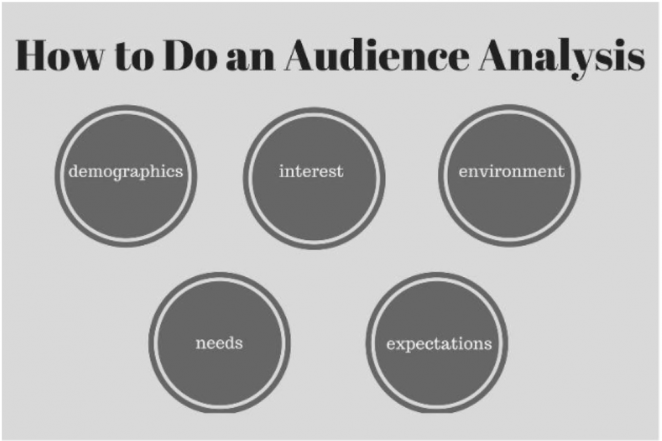
Also remember that no matter how good your content is, visitors will leave your site if they are inundated with ads, which brings us to the next point: don’t cram your website with ads!
“No matter how good your content is, visitors will leave if you're doing this. ”
Tweet Me
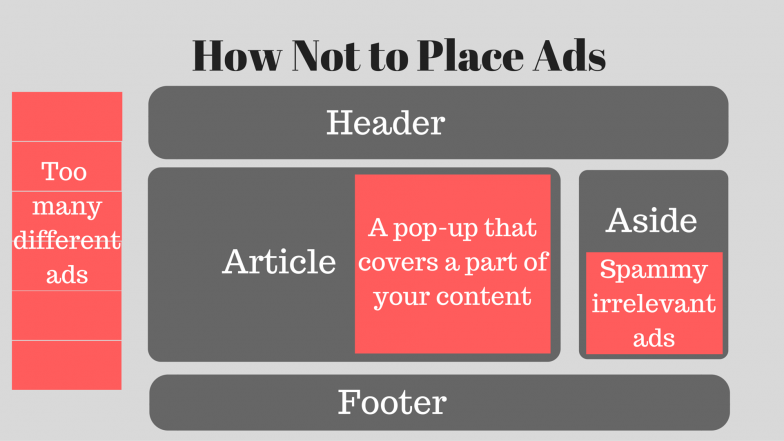
Types of Website Ads that Work Well
Although banner ads (a type of advertising that appears on the web in the form of a bar, column, or box to promote another product or brand) are still the mainstay when it comes to online advertising, developers and online marketers have had to develop many new formats to keep up with changing times.
You would do well by integrating a few of them in your ad mix or at least experimenting with them.

- Video ads: According to one study, 59% of executives would rather watch a video than read text. Video demands less cognitive effort from the user while delivering a more engaging experience. You can hire advertising companies that offer video ad services to create an original ad. Place it as a pre-roll (a video commercial that plays prior to an online video) to grab your audience interest. Moreover, if your video ad is funny, uplifting, or even surprising, there is a good chance your visitors will share it with their friends via social media and expand your reach organically.

- Native apps: On the mobile web, your visitors are more likely to click on in-app promotions rather than banner ads. This is because of the way ads are presented on the medium and the inherently higher visibility that it offers. A native app is a kind of application that has been developed for a particular platform. If you’re a small business owner looking to step up your game, having a native app built for your mobile website should be on your list of things to do. The investment in a native app is worthwhile. An example is to suggest playing a game while waiting for a web page to download. The best example is Chrome’s hidden running game:
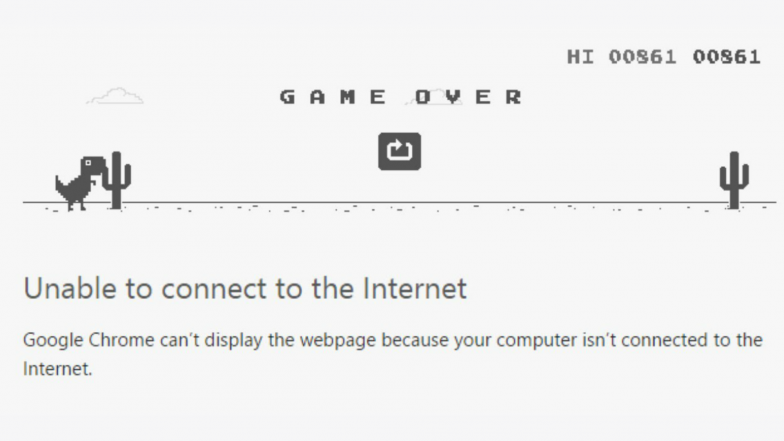
- Product placement: If you’re a movie buff, you might have noticed how brands subtly use product placements to promote products. As a website owner, you can adopt a similar approach—create a feature that has some casual link with the advertiser’s brand, share pictures on social media with their logo on it, or insert a video with the product placement. People may not like ads, but nobody’s averse to branded content because it doesn’t demand any action on the user’s part.
Here’s an example from a YouTube video:

Can ads actually be interesting?
Well, think about the Super Bowl Ads Contest: the number of entries is huge, and people don’t mind the ads as only the best ones (interesting and unique) are shown during the match. As this contest is competitive, the ad prices are growing annually:
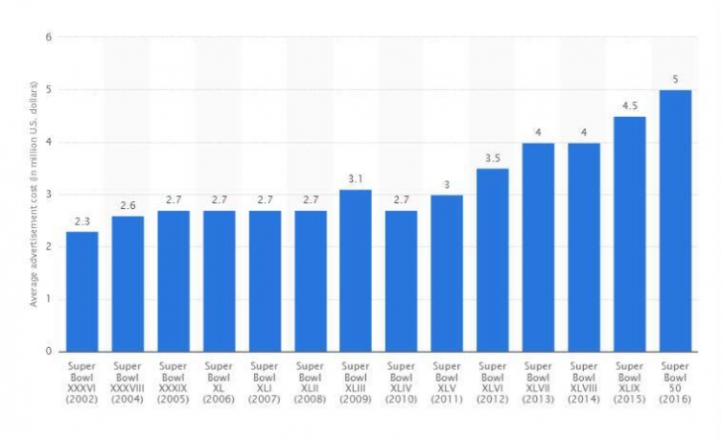
If you know your audience and you test your website ads to analyze them and improve advertising effectiveness, eventually, you will find out the types that work best for your visitors.
The Importance of Good Website Ad Placement
If you’re interested in optimizing your ads, you have to pay attention to their placement. Sub-optimal placement can reduce the number of clicks on your ads and, therefore, the money you could be earning from your traffic.
To begin with, you need to analyze your users’ behavior: Where do they spend the most time on your website and what are their main topics of interest? Use Google Analytics to find out.
Although the most common types of web ad placements are the sidebar, the header, the footer, and inside or under the content—there’s no shortcut to finding which placements work for you except running A/B tests.
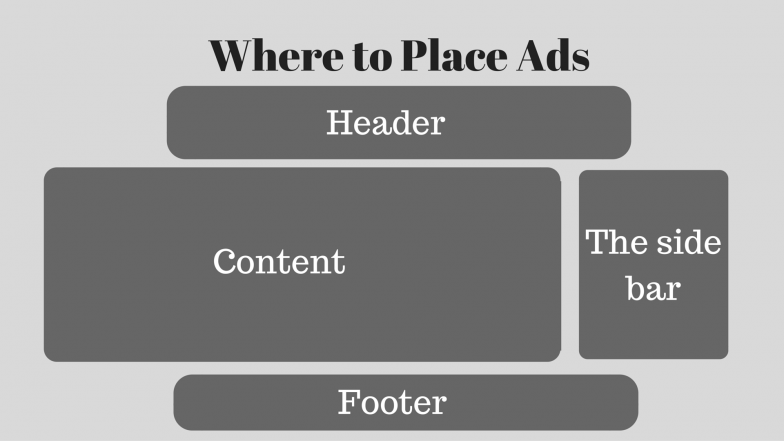
Alternative Ways to Earn Revenue
When it comes to generating revenue from your blog or website, you should try to use as many channels as you can. Ads, though a great means of monetization, should not be your only means—like they say, “Never put all your eggs in one basket.”
Other ways to monetize include:
- Email marketing: A good email list can be a great way to sell products or generate traffic for your website. Most people would agree that their mailboxes are full of spammy content. However, if your email strategy includes personalization and is focused on your audience’s needs, it’s more likely your email would be read.
- Social media: If you run a brand page on social media and your subscribers interact with your posts, you can use this channel to promote products and services. Give them a unique offer like a promo code or an exclusive discount. And another important thing is to post engaging content on social media to grow your audience.
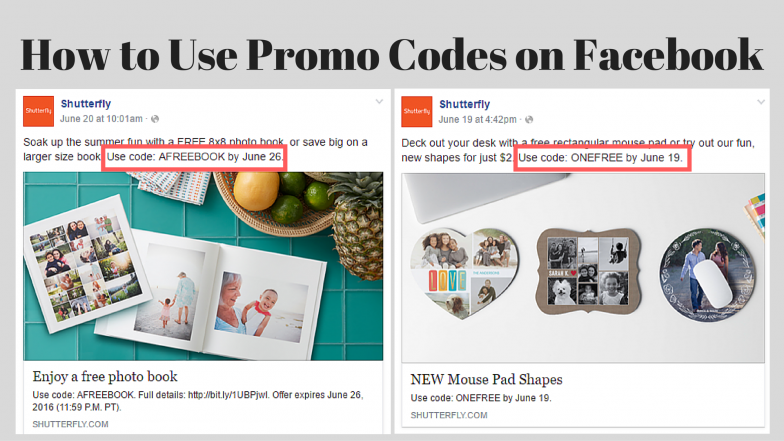
- Collaboration with opinion leaders: Do you trust people who succeed in the niche you’re interested in? I do. And I bet that most people do. People who have built their reputation over a period of time and are opinion leaders are taken seriously by customers, so collaboration with opinion leaders can become a way to promote your product. For example, ask opinion leaders to provide you with feedback and post it on your website, like this:
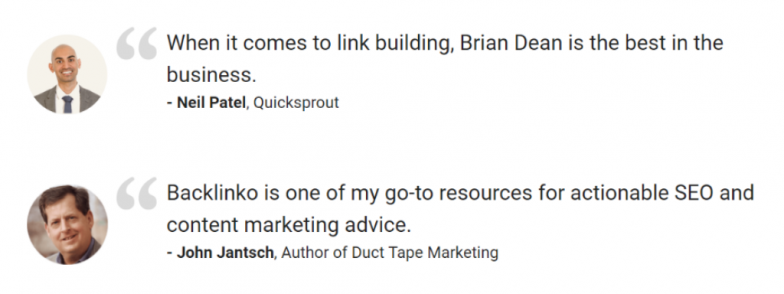
- Guest blogging: An effective way to expand your audience and promote your product is guest blogging. Everyone can make the most out of it: a blogger gets a well-written post, and you get links to your offers. But get ready to face rejections as everyone puts quality first. And yes, this type of promotion is time-consuming and labor-intensive, but the benefit is obvious: you promote a product within an already-established community.
Once your product is well-promoted, you can attract more visitors and, therefore, increase your traffic and website monetization. However, keep your ear to the ground so you will know of upcoming marketing trends.
Final Thoughts
Your ad revenue can keep growing if you know how not to turn off your audience. Before placing an ad on your website, think if it would capture your interest. If you’re doubting, it’s more likely that you’d better pass on it and find alternative ads that would be interesting and unique.
To sum up, let’s find out what makes a website ad useful, interesting, and unique to the audience:
- Original and creative content
- Proper ad type
- Customer focused
- Ad placement
Once your visitors react well to your ads, you start earning more without sacrificing your reputation and trust.
What types of website ads do you find annoying? Which ones grab your interest and come across as helpful? And what can you learn from the ads that work on you?
How to Make Money Blogging
Get the definitive guide on turning your blog into an income stream.
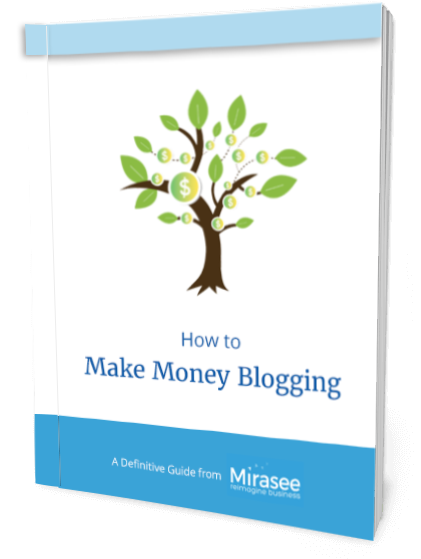
Tony Hilsden
Excellent article and links….most helpful and timely..
Andrew Howe
Thank you, Tony!
I’m happy to be helpful 🙂
Andrew Howe
I want to thank you for the publishing! I’m happy to become a contributor to Mirasee. Thanks for the collaboration 🙂